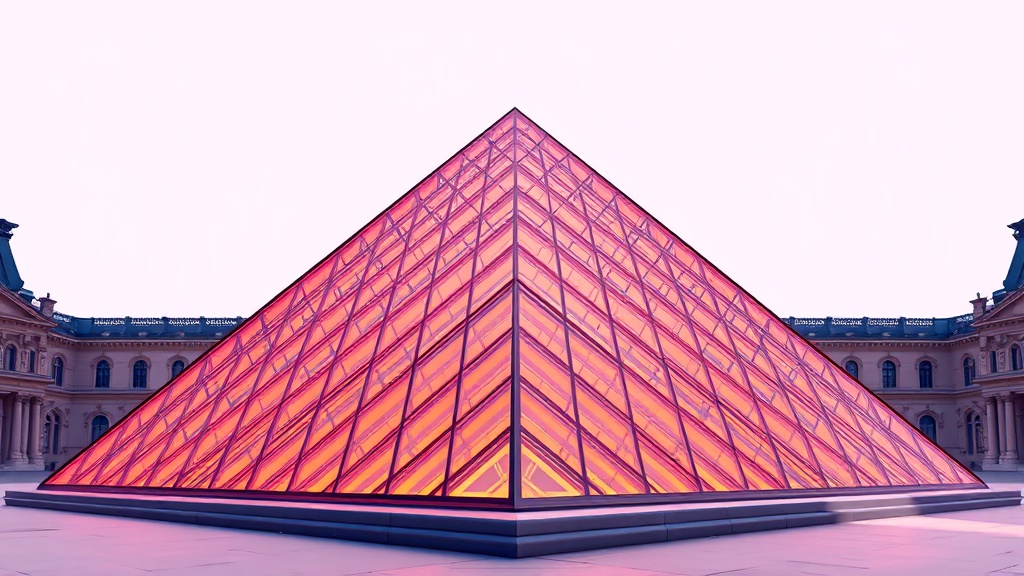Home / Arts and Entertainment / Louvre Jewel Heist Sparks Reckoning Over Colonial Plunder
Louvre Jewel Heist Sparks Reckoning Over Colonial Plunder
10 Nov
Summary
- Stolen Louvre crown jewels linked to colonial-era exploitation
- Experts call for museums to be more transparent about artifact origins
- Debate over restitution of colonial-era treasures intensifies

The October 2025 theft of the Louvre's crown jewels has ignited a debate over the colonial histories behind many museum artifacts. While the stolen tiaras, necklaces, and brooches were crafted in Paris, their raw materials - including sapphires from Ceylon, diamonds from India and Brazil, and emeralds from Colombia - were sourced through imperial networks that exploited global labor and resources.
Experts say this uncomfortable history has long been obscured, with museums often avoiding "spotlighting uncomfortable acquisition histories." The Louvre, for instance, provides scant information about the origins of the gems in its collection. This lack of transparency has fueled calls for a more decolonized approach, where museums acknowledge the social histories of their artifacts and invite contested narratives into the gallery.
The Louvre heist is seen as an opportunity to pressure Europe's great museums to be more honest about their collections' pasts. It could also intensify the broader debate over restitution, with countries like India continuing to press for the return of colonial-era treasures like the Koh-i-Noor diamond. As one historian notes, "the irony is profound" - the public outcry over the Louvre theft sits alongside the history of how imperial France acquired the very stones that were stolen.




